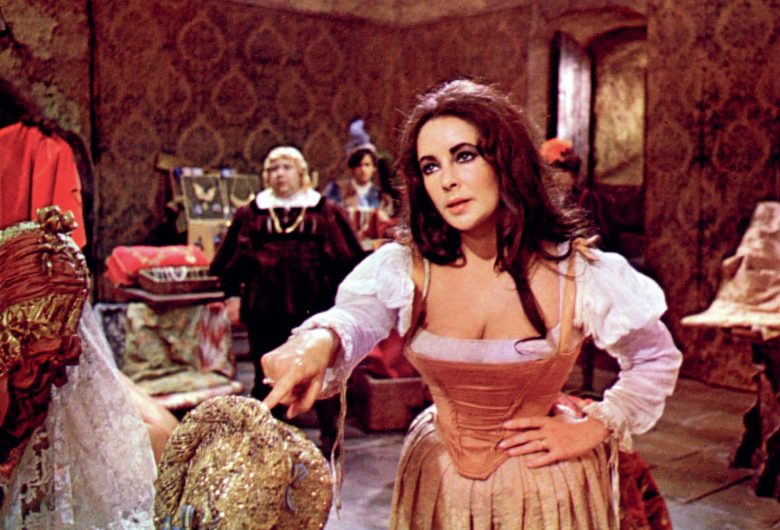
Sometimes referred to as transformational writing, textual intervention, or active reading, re-creative writing offers a stimulating way of engaging with a literary text. It is an approach through which readers can construct meanings creatively.
In a sense, all reading reshapes or transforms meaning; traditional literary criticism itself involves a kind of rewriting, whereby meanings that might not have been immediately apparent are brought to our attention. Re-creative writing often explores gaps or absences, or gives a voice to a character or characters who have been largely marginalised or silenced within the text on which the re-creative writing is based. This text is often known as the ‘base text’. Many well-known narratives are, in this sense, examples of re-creative writing in that they offer a different version of a base text. Examples include Hamlet and Tom Stoppard’s Rosencrantz and Guildenstern Are Dead; Daniel Defoe’s Robinson Crusoe and J. M. Coetzee’s Foe; and Charlotte Bronte’s Jane Eyre and Jean Rhys’s Wide Sargasso Sea.
Your organisation does not have access to this article.
Sign up today to give your students the edge they need to achieve their best grades with subject expertise
Subscribe




